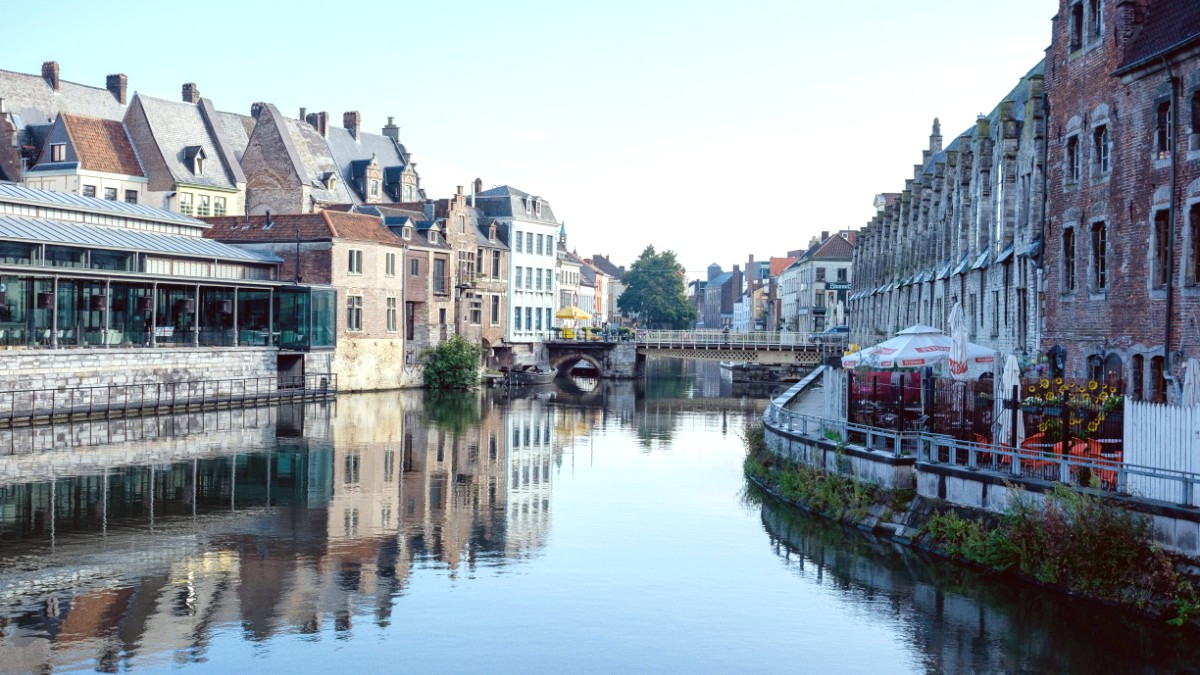
Flanders, Belgium
Ghent features an efficient public transport network operated by De Lijn, mainly consisting of trams and buses. The city's design, with its largely pedestrianized center, makes public transport or walking the most practical options for getting around.
Ghent has no metro system. Its public transport uses an extensive network of trams and buses. Gent-Sint-Pieters station serves as the main public transport hub. Numerous tram and bus lines connect from here to all parts of the city.
Single ticket (€2.50 pre-purchased), Day Pass (€7.50), Multi-day passes, De Lijn App, CityCard Gent.
Generally 5:00-6:00 AM to 11:00 PM-midnight. Higher frequency in peak hours (6-10 mins), less frequent evenings/weekends (15-30 mins).
Newer trams and buses have low floors for accessibility. Ghent's system continually improves accessibility.
Beige or black, "TAXI" sign, visible meter. Find at stands or book by phone.
Metered fares, €10-€20 for short rides. Accept cash and most cards.
Uber and Bolt operate in Ghent. Competitive pricing, cashless payment.
Confirm car/driver matches app info. Share trip details for added safety.
For greater independence or specific activities, consider various rental options.
Ghent's historic city center is largely pedestrianized and ideal for walking. Areas include Graslei & Korenlei, Patershol, Vrijdagmarkt.
Many local companies offer guided walking tours. Free maps and self-guided itineraries are available at the Ghent Tourist Information Office.
Ghent is a very bicycle-friendly city with dedicated bike lanes and clear signage. Remain aware of trams and other cyclists.
Ghent offers some unique ways to experience the city.
Ghent is generally safe for pedestrians and cyclists.
Use caution in unlit areas late at night.
Cyclists: Remain aware of trams; their tracks can be tricky for bike wheels.
Watch for other cyclists and pedestrians.
Helmets are not mandatory for cyclists but have recommendation for safety.
Industrial zones outside the center are not for pedestrian/cyclist traffic. Stick to well-trafficked areas.
Public transport and walking are the most efficient ways to experience Ghent. They align with the city's focus on pedestrian-friendly zones and sustainability.
Embrace these methods for an authentic and easy exploration of the city's charm.